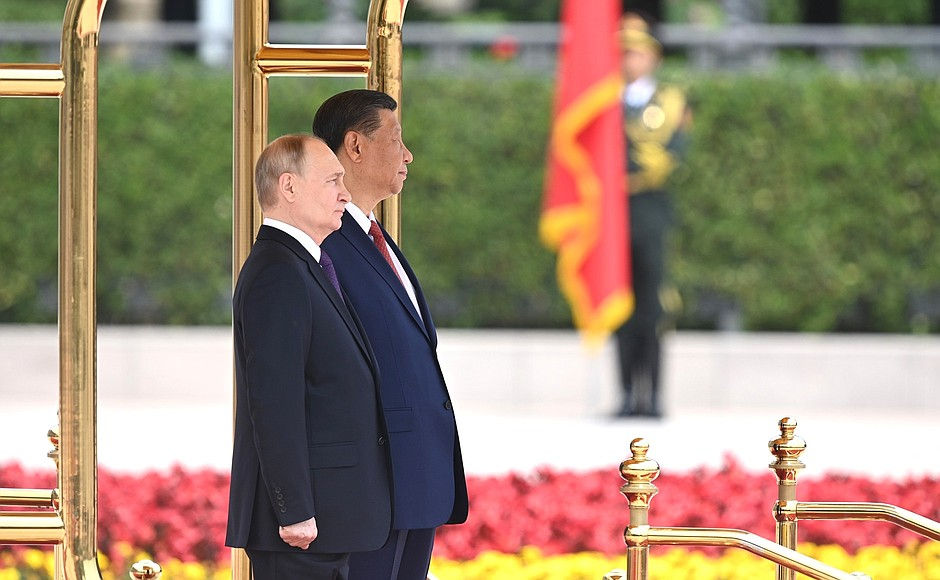Choking Russia’s Shadow Fleet in the Baltic
- Res Publica

- Jan 17
- 4 min read
Efforts to shut down the shadow fleet have taken on greater urgency after attacks on NATO members’ critical infrastructure. Here’s what’s needed.

It’s easy to grasp why Russia so values the hundreds of vessels in its shadow fleet: They are difficult to track, registered in jurisdictions with lax regulations, oil is usually transferred at sea to obscure its origin, and they make huge sums of money to fuel the war of aggression against Ukraine.
And so it’s also easy to understand why the US and its allies have spent time and effort to make its operations far harder. Until now, that has proved difficult, but new sanctions adopted by the US and UK in January are reported to have stopped dozens of ships in their tracks in recent days. Chinese and Indian ports have been refusing to allow them entry, apparently concerned about an increased threat of sanctions.
There are around 1,300 dark fleet ships, about half of them oil tankers, though not all are linked to Russia. Iran and other rogue nations and operators also use such vessels.
Russia’s shadow fleet plays a crucial role for oil export earnings because of its central role in sanctions avoidance.
This trade has a significant relevance for the Baltic Sea because around 50% of shadow fleet oil exports pass through it, making the region a hot spot. Not only do these aged and unsafe vessels sail through Baltic waters, they also engage in hybrid warfare and sabotage — acting as times as spy ships, and for Russian-inspired sabotage operations against underwater cables, all the while posing significant risks for maritime safety.
But if Russia poses a risk to the Baltic’s littoral states, they are also well-placed to hit back.
Sanctions are the first natural step in degrading the shadow fleet. Even before the most recent sanctions, the European Union (EU) last year introduced measures against a large number of ships used by Moscow. However, those were only moderately effective since full containment of shadow fleet operations remained difficult. While measures such as insurance requirements, port restrictions, and collective monitoring have disrupted some activities, enforcement gaps remain.
Finland’s action in seizing a shadow fleet tanker in December provides another example of how far Western nations can go when pushed. During its investigation over a severed electricity cable, Finland seized the tanker Eagle S, suspected of committing the sabotage while carrying Russian crude.
Finland’s action sets a precedent because it demonstrates the feasibility of unilateral action. It also showcases the need for robust laws and governments willing to prosecute illicit maritime activities.
There has been further joint action. The insurance documents of suspected shadow fleet ships can now be checked by 12 European NATO states, including all Baltic-Nordic countries plus Poland, Germany, and the UK.
In addition, Finland hosted a summit of NATO states bordering the Baltic Sea on January 14 to discuss security in the region focusing on measures required to secure the critical underwater infrastructure. NATO has already promised to step up patrols in the region.
Many additional measures have been discussed by international bodies like the European Parliament, regional formats such as the Joint Expeditionary Force (JEF), individual countries, and think tanks and the academic community. These ideas include:
Enhanced intelligence sharing and monitoring: Improving tracking of tanker movements and ownership structures using satellite and AI systems, and establishing unified databases. Progress is slow, requiring investments in technology and better agency coordination.
Targeting flag-of-convenience states: Applying diplomatic and economic pressure on states facilitating shadow fleet operations and mandating stricter oversight. These efforts are slow and depend on coordinated global reforms led by the UN’s International Maritime Organization.
Promoting transparency: Advocating for global shipping registry reforms and stricter reporting requirements in high-risk areas. These measures face significant bureaucratic and political obstacles.
Sanctions expansion and enforcement: Continue sanctioning core vessels and management entities, increase penalties for violations, and enforce compliance through port controls. Identifying vessels that reflag or change ownership remains a challenge.
Restricting tanker sales: Preventing sales to non-compliant operators or undisclosed buyers.
Financial disruption: Targeting insurers, financiers, and logistical providers while using financial intelligence to block revenue from illicit oil trades. Implementation is complex, requiring deep intelligence capabilities and international coordination.
Environmental and safety compliance: Mandate insurance coverage for vessels in sensitive areas and enforce IMO safety and pollution standards. Existing compliance systems need strengthening.
Regional and global cooperation: Form regional task forces like the Baltic Sea Task Force for joint surveillance, coordinate responses through JEF and NATO, and use AI systems for real-time alerts on suspicious vessels.
A more assertive policy is crucial to addressing the shadow fleet, particularly in the Baltic Sea, as the region cannot afford to delay. One major accident would cause unthinkable environmental damage, while sabotage operations forming part of Russia’s war on the West could plunge energy and data systems into crisis.
If implemented, the proposed measures would significantly disrupt shadow fleet operations. Coordinated efforts in the Baltic Sea would enhance security and constrain Russia’s ability to fund its war efforts. Furthermore, increased enforcement would contribute to global policy standardization, fostering greater transparency and accountability in maritime shipping.
By Eitvydas Bajarūnas. Eitvydas Bajarūnas is an ambassador in the Ministry of Foreign Affairs of the Republic of Lithuania, and currently a Center for Europe Policy Analysis (CEPA) Visiting Fellow. Article and pictures first time published on CEPA web page. Prepared for publication by volunteers from the Res Publica - The Center for Civil Resistance.





Comments